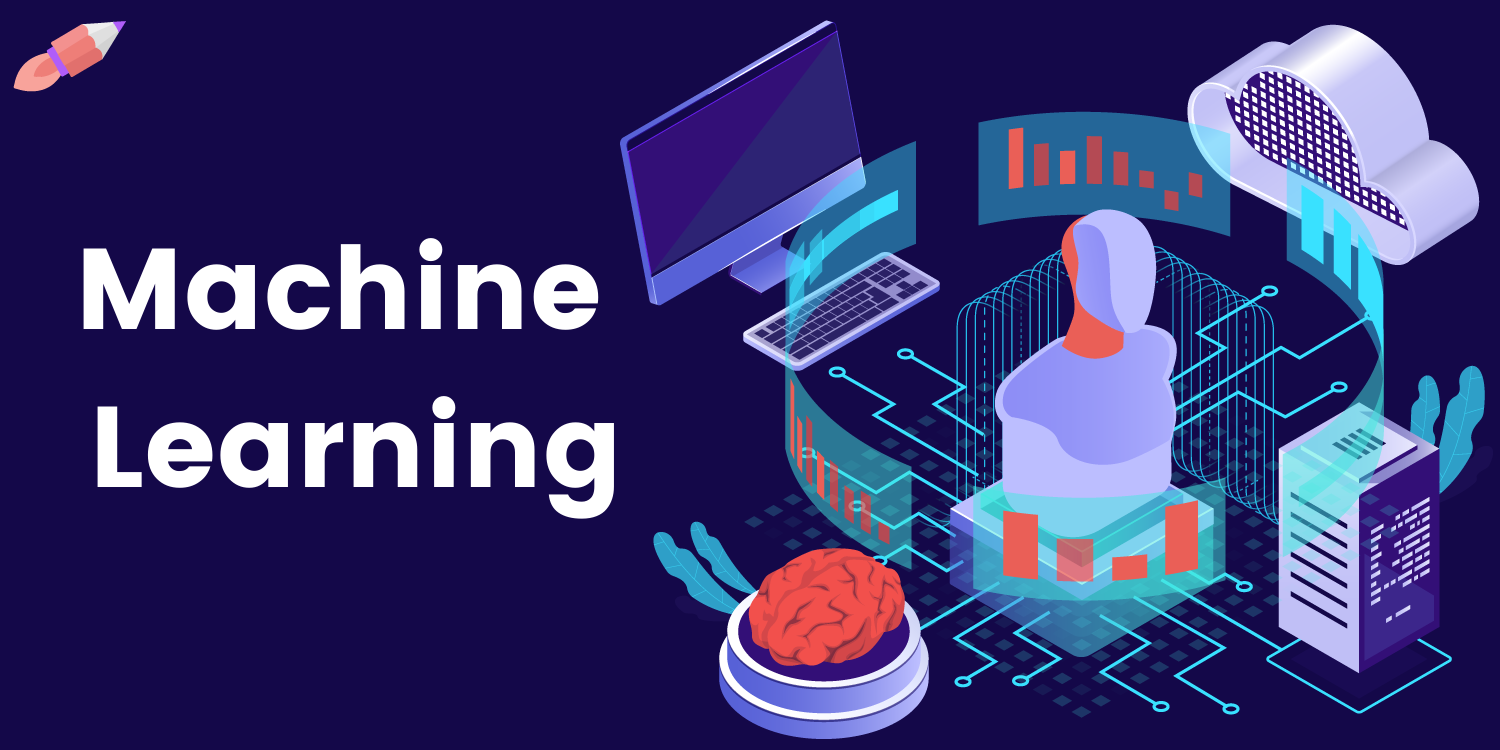
There are two types, unsupervised or supervised, of machine learning tasks. In supervised learning, the input is labeled and used as training data. An algorithm can learn from this data and even predict its output. Unsupervised learning is often used as a test for new algorithms. However it is not recommended to novice programmers. Here are some tips for getting started.
Unsupervised
Unsupervised and semi-supervised learning are extreme examples of categorization. Semi-supervised education involves a human teacher. But unsupervised learning does without. Semi-supervised learning aims to clarify the impact of the labeled information. Both methods are valuable to machine learning. Semi-supervised learning is usually more accurate than unsupervised learning. This article discusses the differences between semi-supervised and unsupervised learning. Two of them are covered in this article.
Semi-supervised learning, on the other hand, uses data without human supervision. This method uses machine-learning algorithms to identify patterns and relationships in data. K-means is an algorithm that assigns similar data points to groups. K represents the group size. Association methods use rules and procedures to identify relationships among variables. These techniques are often used in market basket analysis and recommendation engines. Here are some examples.
Aside from violating the terms of unsupervised probation, the consequences of violating it can be severe. You could be sentenced to jail or your probation may be revoked by the judge if you are found guilty of violating its terms. In certain instances, you may be eligible for an exoneration. If you don't have a criminal record, unsupervised probation may be an option. Just make sure you don't break any laws while on it! You can find out more about the benefits of unsupervised probation here.

Unsupervised HIV testing might be more effective in cases of self-testing. One study in Uganda looked at the effect of unsupervised self-testing (HST) on knowledge about HIV infection. It involved 246 people who were randomly assigned a unsupervised HST or provider-supervised. The study revealed a difference in 10 percent and no inferiority. It is important to note that unsupervised testing may be less accurate than supervised tests.
FAQ
How does AI work?
Understanding the basics of computing is essential to understand how AI works.
Computers save information in memory. Computers process data based on code-written programs. The code tells computers what to do next.
An algorithm refers to a set of instructions that tells a computer how it should perform a certain task. These algorithms are usually written in code.
An algorithm can be considered a recipe. A recipe can include ingredients and steps. Each step is a different instruction. One instruction may say "Add water to the pot", while another might say "Heat the pot until it boils."
What are the potential benefits of AI
Artificial Intelligence is a revolutionary technology that could forever change the way we live. Artificial Intelligence has revolutionized healthcare and finance. And it's predicted to have profound effects on everything from education to government services by 2025.
AI is being used already to solve problems in the areas of medicine, transportation, energy security, manufacturing, and transport. The possibilities of AI are limitless as new applications become available.
So what exactly makes it so special? It learns. Computers learn independently of humans. Instead of teaching them, they simply observe patterns in the world and then apply those learned skills when needed.
It's this ability to learn quickly that sets AI apart from traditional software. Computers can quickly read millions of pages each second. Computers can instantly translate languages and recognize faces.
And because AI doesn't require human intervention, it can complete tasks much faster than humans. It can even surpass us in certain situations.
Researchers created the chatbot Eugene Goostman in 2017. Numerous people were fooled by the bot into believing that it was Vladimir Putin.
This shows that AI can be extremely convincing. Another benefit of AI is its ability to adapt. It can be easily trained to perform new tasks efficiently and effectively.
Businesses don't need to spend large amounts on expensive IT infrastructure, or hire large numbers employees.
What is the most recent AI invention?
The latest AI invention is called "Deep Learning." Deep learning is an artificial Intelligence technique that makes use of neural networks (a form of machine learning) in order to perform tasks such speech recognition, image recognition, and natural language process. It was invented by Google in 2012.
Google is the most recent to apply deep learning in creating a computer program that could create its own code. This was achieved by a neural network called Google Brain, which was trained using large amounts of data obtained from YouTube videos.
This allowed the system to learn how to write programs for itself.
IBM announced in 2015 they had created a computer program that could create music. Neural networks are also used in music creation. These are known as "neural networks for music" or NN-FM.
How does AI work
An artificial neural network consists of many simple processors named neurons. Each neuron processes inputs from others neurons using mathematical operations.
The layers of neurons are called layers. Each layer has a unique function. The raw data is received by the first layer. This includes sounds, images, and other information. It then passes this data on to the second layer, which continues processing them. The final layer then produces an output.
Each neuron also has a weighting number. This value is multiplied each time new input arrives to add it to the weighted total of all previous values. If the result is more than zero, the neuron fires. It sends a signal to the next neuron telling them what to do.
This process repeats until the end of the network, where the final results are produced.
Statistics
- While all of it is still what seems like a far way off, the future of this technology presents a Catch-22, able to solve the world's problems and likely to power all the A.I. systems on earth, but also incredibly dangerous in the wrong hands. (forbes.com)
- In 2019, AI adoption among large companies increased by 47% compared to 2018, according to the latest Artificial IntelligenceIndex report. (marsner.com)
- That's as many of us that have been in that AI space would say, it's about 70 or 80 percent of the work. (finra.org)
- By using BrainBox AI, commercial buildings can reduce total energy costs by 25% and improves occupant comfort by 60%. (analyticsinsight.net)
- According to the company's website, more than 800 financial firms use AlphaSense, including some Fortune 500 corporations. (builtin.com)
External Links
How To
How to configure Alexa to speak while charging
Alexa, Amazon's virtual assistant, can answer questions, provide information, play music, control smart-home devices, and more. And it can even hear you while you sleep -- all without having to pick up your phone!
Alexa is your answer to all of your questions. All you have to do is say "Alexa" followed closely by a question. With simple spoken responses, Alexa will reply in real-time. Alexa will also learn and improve over time, which means you'll be able to ask new questions and receive different answers every single time.
You can also control lights, thermostats or locks from other connected devices.
Alexa can also be used to control the temperature, turn off lights, adjust the temperature and order pizza.
Alexa to Call While Charging
-
Open Alexa App. Tap Settings.
-
Tap Advanced settings.
-
Select Speech recognition.
-
Select Yes, always listen.
-
Select Yes, please only use the wake word
-
Select Yes to use a microphone.
-
Select No, do not use a mic.
-
Step 2. Set Up Your Voice Profile.
-
You can choose a name to represent your voice and then add a description.
-
Step 3. Step 3.
Followed by a command, say "Alexa".
For example, "Alexa, Good Morning!"
Alexa will reply to your request if you understand it. For example, John Smith would say "Good Morning!"
If Alexa doesn't understand your request, she won't respond.
After these modifications are made, you can restart the device if required.
Notice: If you modify the speech recognition languages, you might need to restart the device.